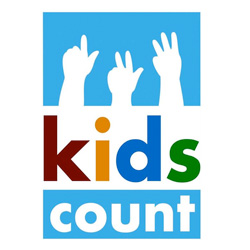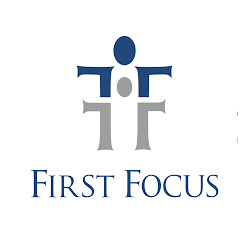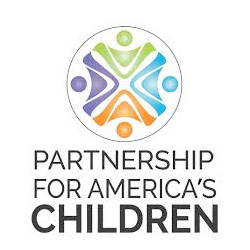Legislative Center
Juvenile Justice
March 25, 2024
A Rough Legislative Session for Utah Kids (Again)
January 10, 2024
Our 2024 Legislative Agenda
February 13, 2022
2021 Utah Kids Count Data Book Release
December 07, 2021
Utah Children's Budget Report 2021
June 18, 2021





